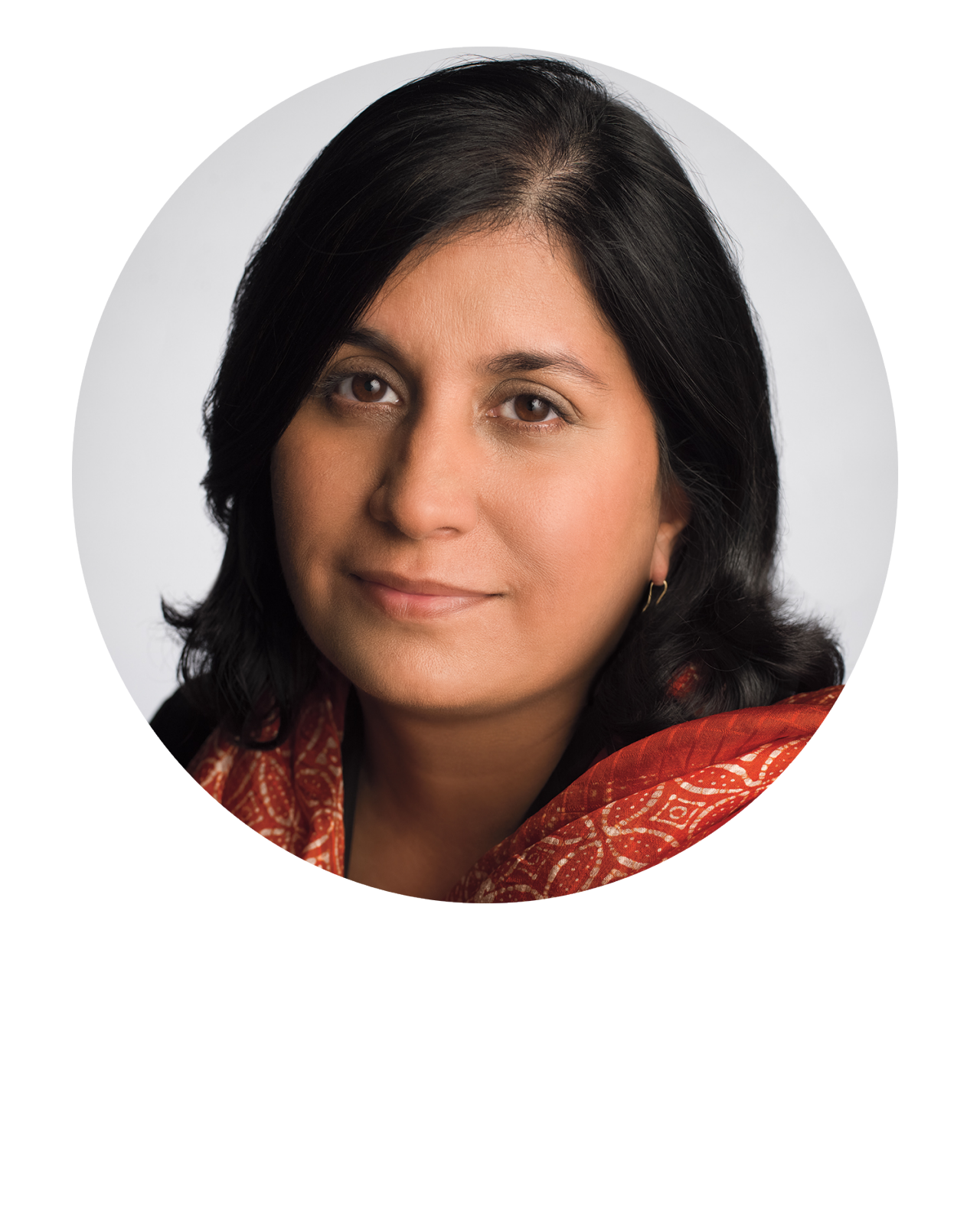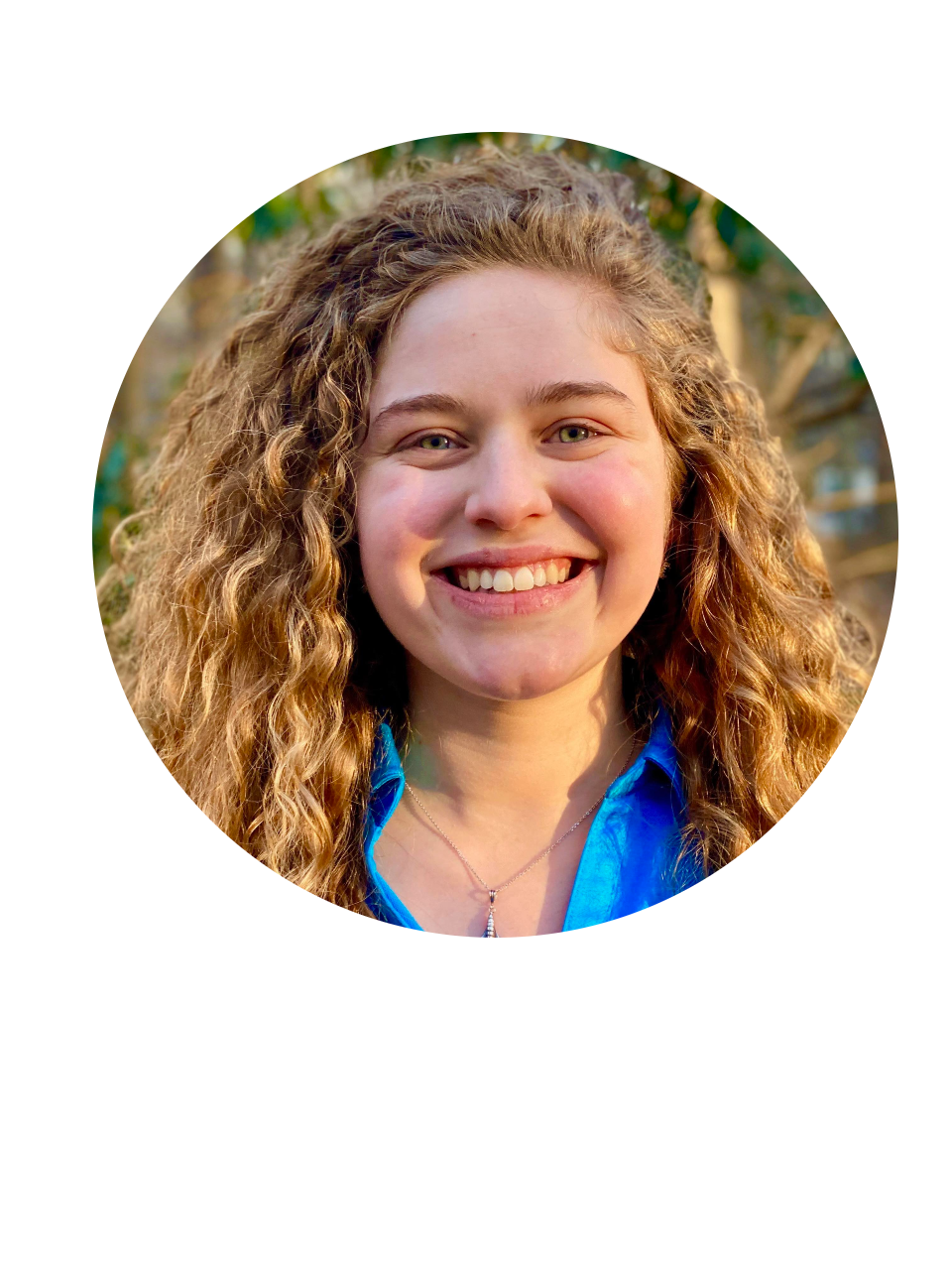
Video Highlight
Guest Profiles

Maya Ajmera
President and CEO of Society for Science and Executive Publisher of Science News
Noteworthy: Maya is a renowned nonprofit leader, social entrepreneur, and award-winning children's book author. She has transformed Society for Science into a dynamic entrepreneurial organization known for world-class competitions.
Where to find her: Personal Website

Eleanor Sigrest
Rising junior at Stanford University and 2016 top prize winner of middle school STEM competition hosted by Society for Science
Noteworthy: Eleanor is a passionate advocate for STEM education, with a particular emphasis on hands-on learning and project-based organizations. She is also an aspiring astronaut, pursuing her dream to be the first person on Mars.
Where to find her: LinkedIn
Key Insights

The Power of Passion in STEM
Eleanor emphasizes the importance of pursuing what you love in STEM. She advises students to focus on their interests rather than trying to impress judges or make a big impact. Eleanor encourages students to be scrappy and innovative and to believe in their ability to navigate through challenges. She underscores that STEM is not just for prodigies and professionals and that anyone can make a difference.
Community Can Help Advance STEM
Eleanor and Maya discuss the importance of community and mentorship in STEM. They highlight the need to break through the competitiveness of STEM and foster inclusivity. They also discuss the role of organizations like Thermo Fisher Scientific in promoting access and equity in STEM learning experiences.
Gratitude and Mentorship are Key
Eleanor and Maya highlight the importance of expressing gratitude to mentors and the value of paying it forward. They emphasize that mentors play a crucial role in guiding students in their STEM journey. Eleanor also encourages students to remember to thank their mentors, emphasizing that a little bit of gratitude can go a long way.
Episode Highlights

The Importance of Community in STEM
In this segment, Eleanor Sigrest and Meron Mathias discuss the importance of community and mentorship in STEM. Eleanor emphasizes the need to break down the competitive nature of STEM and foster inclusivity.
"STEM has a very sad connotation of being very competitive, but I feel like we need to build, break that down and talk more about the inclusivity, because when you're sharing that knowledge is when the entire industry is going to move forward and everyone is going to benefit, and I feel like that's super important."
The Power of Passion in STEM
Eleanor shares her advice for students interested in entering a local science or engineering fair. She emphasizes the importance of pursuing what you love in STEM.
"Do what you love and everything else will fall into place. It will never feel like real work because you're passionate and excited about what you're doing, and it's from that true passion where you actually unlock the ability to communicate much more effectively."
The Importance of Early Exposure to STEM Education
Maya explains that the drop off rates for girls and children of color in STEM education accelerate starting in middle school. “They come in really excited about science, about math, about engineering, and then something happens in seventh, eighth grade where you see a real drop off.”
Maya shares that Society for Science aims to engage (and re-engage) middle schoolers in STEM with passionate teachers, peer role models like Eleanor and a wide variety of opportunities and approaches to inspire and motivate them.
"We have to do a better job of really engaging this next generation of young people. We need to grab them in different ways to get them excited about STEM. What we see in our research and also the projects, is that kids love doing science research and projects that have a direct effect on their lives or their communities.”
The Role of Afterschool Programs in Advancing STEM
Meron, Maya, and Eleanor discuss the importance of afterschool programs and extracurricular activities in advancing STEM. Maya shares her personal experience with Girl Scouts and the role it played in her life. Eleanor emphasizes the value of hands-on learning and project-based organizations.
"I am a big believer in project-based organizations and anything to do with hands-on learning. So I did a lot of robotics growing up. I also did a lot of things, random things within my community at home and my friends, anything that really allowed me to get hands-on time with building and creating."

